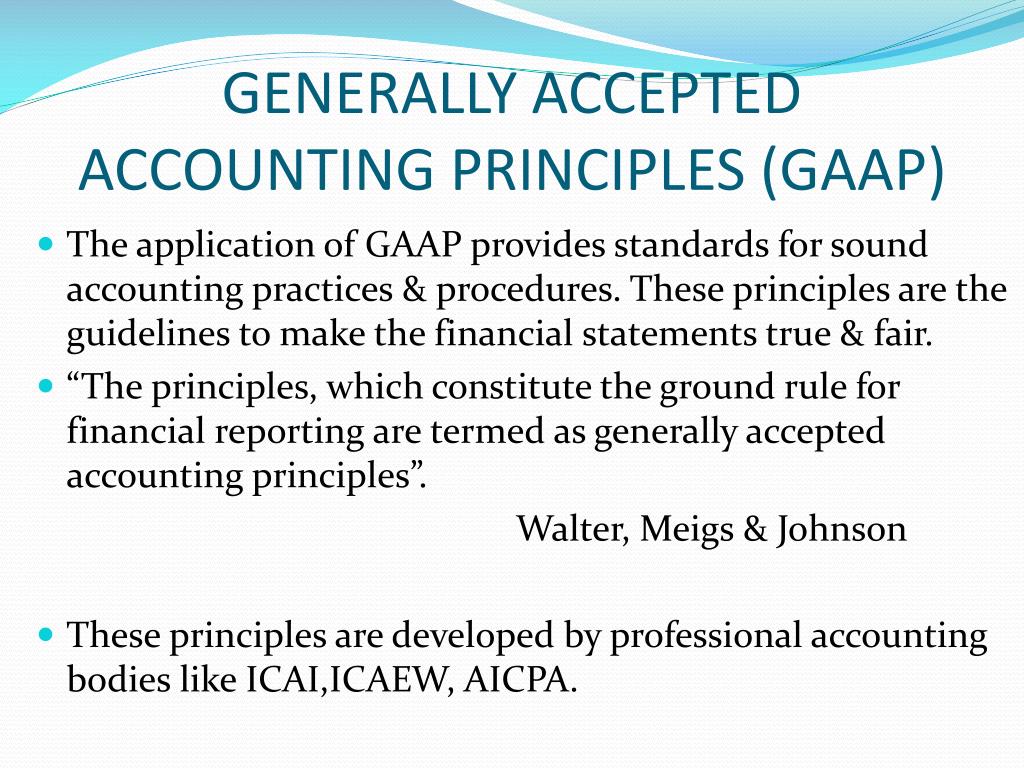
- #GENERALLY ACCEPTED AUDITING STANDARDS AND PROCEDURES PROFESSIONAL#
- #GENERALLY ACCEPTED AUDITING STANDARDS AND PROCEDURES SERIES#
The FRC was also charged with monitoring and enforcing these auditing standards. In 2004 the Financial Reporting Council (FRC) took over responsibility for the setting of audit standards through the APB which became a subsidiary board of the FRC. Browse details of Bulletins issued by the APB.Browse details of Practice Notes issued by the APB.Browse details of Statements of Auditing Standards issued by the APB.The APC Practice Notes already in existence at this time were adopted by the APB and it was stated that they would remain in force until replaced by a SAS or APB Practice Note or Bulletin. The Auditing Practices Committee (APC) was restructured in 1991 and reconstituted as the Auditing Practices Board (APB).
 Browse details of Practice Notes issued by the APC 1989–1991.
Browse details of Practice Notes issued by the APC 1989–1991. 
The first Practice Note (‘Lloyd's syndicates, brokers and underwriting agents – interim guidance on ad hoc reporting’) was issued by the APC in December 1989.
#GENERALLY ACCEPTED AUDITING STANDARDS AND PROCEDURES SERIES#
In 1989 the APC began to issue a series of ‘Practice Notes’ which were intended as good practice guidelines to assist auditors in applying auditing standards for particular circumstances or industries.
Browse details of Auditing Guidelines issued by the APC 1980–1991.  Browse details of Auditing Standards issued by the APC 1980–1991. The initial volume of Auditing standards and guidelines published in 1980 stated that the existing pronouncements on audit matters approved by the respective councils of the accountancy bodies should be considered by their members as having the same status as auditing guidelines and would remain in force until withdrawn. The first standard (101) was ‘The auditor's operational standard’ and the first guideline (201) was ‘Planning, controlling and recording’.Īlthough new standards had been issued, the older guidance was not entirely replaced at this time. The first standards and guidelines were published in April 1980 and used a numbering sequence starting with 101 for the standards and 201 for the guidelines (to avoid any confusion with the existing SSAPs). Over a two year period of consultation the APC received more than 1,500 pages of responses from 240 sources (‘Will Audit Standards Standardise Audits?’, The Accountant, 24 April 1980). The auditing guidelines were intended to suggest applications of the standards in particular cases. The standards and guidelines were conceived as a codification of existing best practice. The APC published a draft auditing standards booklet (see online catalogue entry) on with an explanatory foreword, three auditing standards and seven auditing guidelines. To provide a framework of practice for the exercise of an auditor's individual judgement, by proposing for the approval of the Councils of the governing bodies statements of explanation and guidance on auditing, and definitive statements of auditing standards. The Auditing Practices Committee (APC) was established by the Consultative Committee of Accountancy Bodies (CCAB) in March 1976 to formalise the existing co-operation of the CCAB bodies on audit practices.Īt the time of its establishment the role of the Auditing Practices Committee was defined as: For information on where you can find online editions of current standards please see Sources for finding UK auditing standards 1976
Browse details of Auditing Standards issued by the APC 1980–1991. The initial volume of Auditing standards and guidelines published in 1980 stated that the existing pronouncements on audit matters approved by the respective councils of the accountancy bodies should be considered by their members as having the same status as auditing guidelines and would remain in force until withdrawn. The first standard (101) was ‘The auditor's operational standard’ and the first guideline (201) was ‘Planning, controlling and recording’.Īlthough new standards had been issued, the older guidance was not entirely replaced at this time. The first standards and guidelines were published in April 1980 and used a numbering sequence starting with 101 for the standards and 201 for the guidelines (to avoid any confusion with the existing SSAPs). Over a two year period of consultation the APC received more than 1,500 pages of responses from 240 sources (‘Will Audit Standards Standardise Audits?’, The Accountant, 24 April 1980). The auditing guidelines were intended to suggest applications of the standards in particular cases. The standards and guidelines were conceived as a codification of existing best practice. The APC published a draft auditing standards booklet (see online catalogue entry) on with an explanatory foreword, three auditing standards and seven auditing guidelines. To provide a framework of practice for the exercise of an auditor's individual judgement, by proposing for the approval of the Councils of the governing bodies statements of explanation and guidance on auditing, and definitive statements of auditing standards. The Auditing Practices Committee (APC) was established by the Consultative Committee of Accountancy Bodies (CCAB) in March 1976 to formalise the existing co-operation of the CCAB bodies on audit practices.Īt the time of its establishment the role of the Auditing Practices Committee was defined as: For information on where you can find online editions of current standards please see Sources for finding UK auditing standards 1976 #GENERALLY ACCEPTED AUDITING STANDARDS AND PROCEDURES PROFESSIONAL#
Prior to this time, auditing guidance was published by the professional bodies (for example, the ICAEW published statements on auditing and reporting in the Members' Handbook).Īll links in the timeline below show you our holdings of the material referred to. The timeline below provides a brief overview of developments since 1976.

History and development of UK auditing standards








 0 kommentar(er)
0 kommentar(er)
